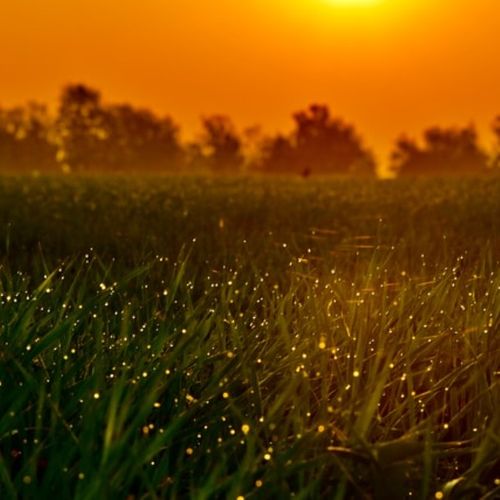Where have all the fireflies gone?
Jun 27, 2022 · 2 mins read
0
Share

If your fondest childhood memories are filled with the soft, hazy blink and glow of fireflies in flight, you're not alone. But looking to the garden these days, it seems the cheerful little lightning bugs were much more prevalent in memory. Where have all the fireflies gone?
Save
Share
Fireflies are in fact not flies but brown soft bodied beetles. Found on almost every continent, the nocturnal carnivorous arthropods thrive in a variety of habitats like forests, fields and mangroves, especially near standing water, like ponds or lakes.
Save
Share
Like most insects, the firefly has 4 life stages: egg, larva, pupa and adult. Their life cycle is around a year long but some species can stay larval for up to two years. What makes fireflies unusual is their bioluminescence. They create and emit light in their bottom halves.
Save
Share
Each species of firefly blinks in a unique pattern, to attract a mate, protect its territory and warn off predators. The fascinating process uses a mix of oxygen and a pigment called Luciferin to cause a reaction which illuminates their abdomen and produces a cold light glow.
Save
Share
Are there less fireflies now worldwide that 30 years ago? Definitely. They are directly affected by habitat loss. Unsustainable building methods and commercial industry have decimated their habitats and that loss of biodiversity has reduced their populations drastically.
Save
Share
Light pollution is another contributor to firefly population loss. Energy efficient bulbs disrupt insects biorhythms and interrupt their mating rituals meaning less reliable population growth. Human activity can pollute the water course rendering mangrove inhospitable to bugs.
Save
Share
Modern farming practises also hurt insect life. Change of land usage from agriculture to mono crops like palm oil plantations and aquaculture farms wipe out arthropod populations. Pesticides can destroy colonies of larva and poison entire generations before they even hatch.
Save
Share
Fireflies are wonders of evolution. One species has evolved to mimic another in an effort to attract and trap males to eat. But evolution cannot keep up with modern pollutants and practises, and some female fireflies are flightless. They cannot relocate easily.
Save
Share
Unfortunately, too many species have suffered a similar fate as the firefly. Some insects you may miss less, especially ones that bite, scratch or sting. But fireflies are interesting, interactive, memorable and harmless to humans. If only we were harmless to them!
Save
Share
Now, when you remember those halcyon nights alight with the glow of fireflies, you know why dusk seems darker these days. Light pollution, pesticides, commercial industry and habitat loss all add up to less insects, less luminescence and sadly, a little less life in the garden.
Save
Share
0